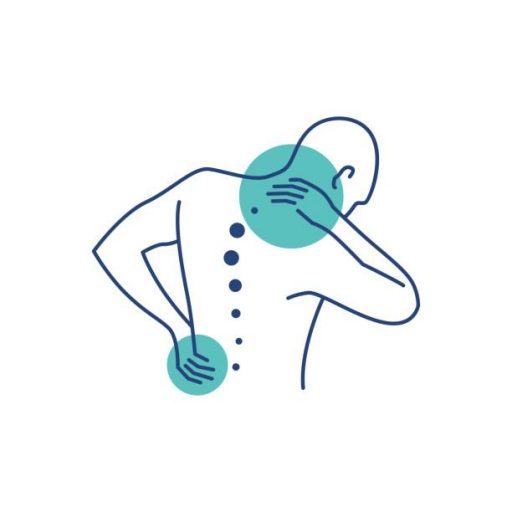ITBS Causes And Prevention
What is ITBS?
In the running world, there is a common but painful condition known as Iliotibial Band Syndrome, aka I.T.B.S., which causes pain from the outside of the leg from the hip down to the knee. This condition is often paired with decreased mobility, redness and swelling of the affected leg.
With I.T.B.S., suffers most frequently feel a burning pain on the side of their knee which could spread upwards in rare cases. Knee pain is the most common sympto identify this condition.
How to test for I.T.B.S.?
The simplest test is to recuperate.
What causes I.T.B.S.?
Iliotibial Band Syndrome is usually caused by ill-prepared runners attempting to be strained as a result in the different conditions in which they are being used.
The lack of proper preparation for downhill elevation changes in particular causes stress to get I.T.B.S. even at limited exposures.
That is why preparation for downhill running is important. Make sure to properly train, prepare and stretch before running downhill in a race. Proactive preparation can be accomplished quickly, but having I.T.B.S. could sideline a runner for days or even weeks.
What facto I.T.B.S.?
While any sustained period of running downhill, or running down steep declines or grades can contribute tors any runner should consider. This checklist features some of the most common stressors that can cause inflammation in the knee, especially on challenging terrain.
Physical issues which could contribute to I.T.B.S. include:
- Replacement hip or knees
- Poor range of motion in the pelvis or hip
- Bowlegged running
- Hip rotation issues in the Gluteus medius or TFL muscle
Training or technique issues which could contribute to I.T.B.S. include:
- A lack of proper incline / decline training
- Incorrect, improper or shoddy equipment: shoes, impact dampening equipment or knee-brace
- Abnormal running: Odd or off-putting techniques that are incorrect and physically inferior
What steps can be taken to prevent I.T.B.S.?
Iliotibial Band Syndrome is more easily prevented than cured. Once someone is afflicted with the condition, they will have reduced mobility, pain and swelling. Time and a little effort will be the only way to reduce the effects of ITBS.
Stretch before running
Here is one of those silly mistakes that can runners sometimes make, out of simple arrogance. Stretch! It is among the first lessons any runner should learn, and stretching in general is important. Find some useful knee exercises that will keep your knee region relaxed to avoid inflaming the Iliotibial Band.
Working out the IT band should be a key component of any stretching routine, though it is obviously more important in stretches designed to prevent knee issues or IT band issues.
Stretching quads, lower back, thighs, shins, ankles, legs and the knees are all important.
Stretch before running
Here is one of those silly mistakes that can runners sometimes make, out of simple arrogance. Stretch! It is among the first lessons any runner should learn, and stretching in general is important. Find some useful knee exercises that will keep your knee region relaxed to avoid inflaming the Iliotibial Band.
Working out the IT band should be a key component of any stretching routine, though it is obviously more important in stretches designed to prevent knee issues or IT band issues.
Stretching quads, lower back, thighs, shins, ankles, legs and the knees are all important.
Prepare for elevation changes
Make sure you train to ensure you can run more extreme routes without pain.
In fact, the earliest preventative measure a runner can take to the running style being utilized; bear that in mind.
A simple method to harder and harder exercises over time.
The runner should gradually work their way up to be done, this sort of preparation work will likely decrease the potential for harming oneself downhill racing.
Use high quality equipment
Having solid, capable shoes can go a long way towards maintaining joint health.
When training on softer surfaces toe and heel protection, trail-shoes will limit the risk of a variety of non-asphalt related running problems.
Take a look at specialty running gear. There are specially built running gear, such as knee-braces and impact shorts that protect the thighs and hamstrings. Consider investing in a pair of knee-braces that are strong enough to something far more forgiving than standard gear.
If the preventative measures did not work, you should see a physical therapist. Your physical therapist will also work with you to help you prevent your injury from reoccurring.
Source: https://nydnrehab.com/what-we-treat/knee-pain/it-band-syndrome-treatment/

